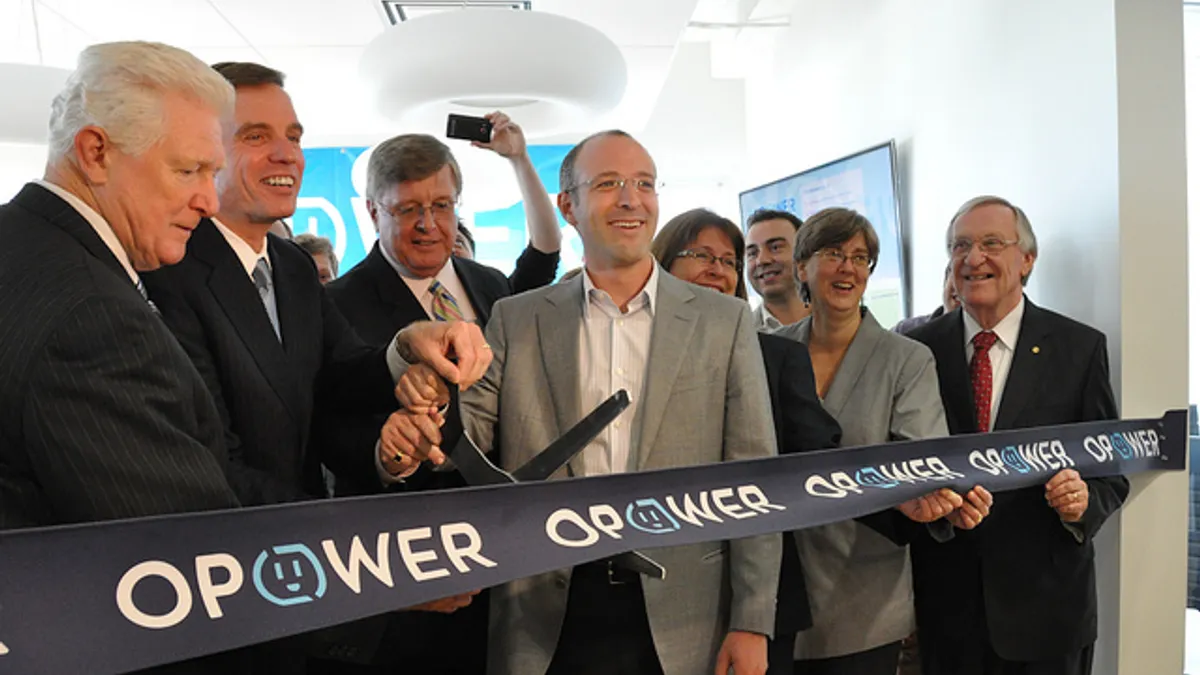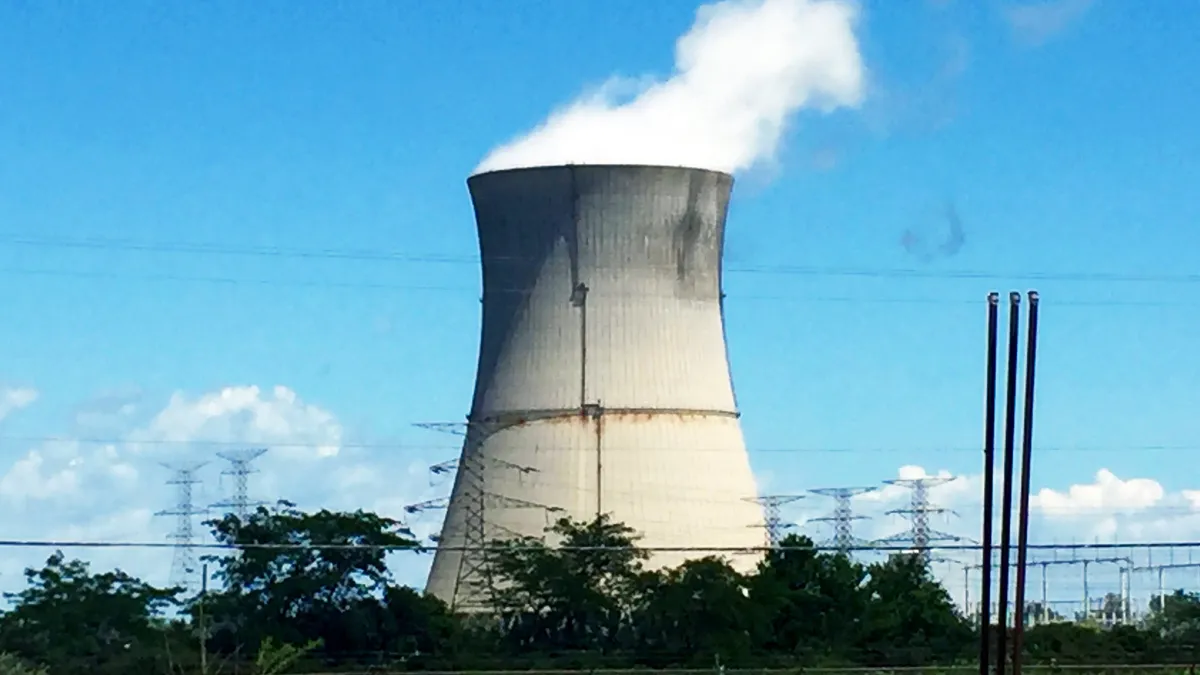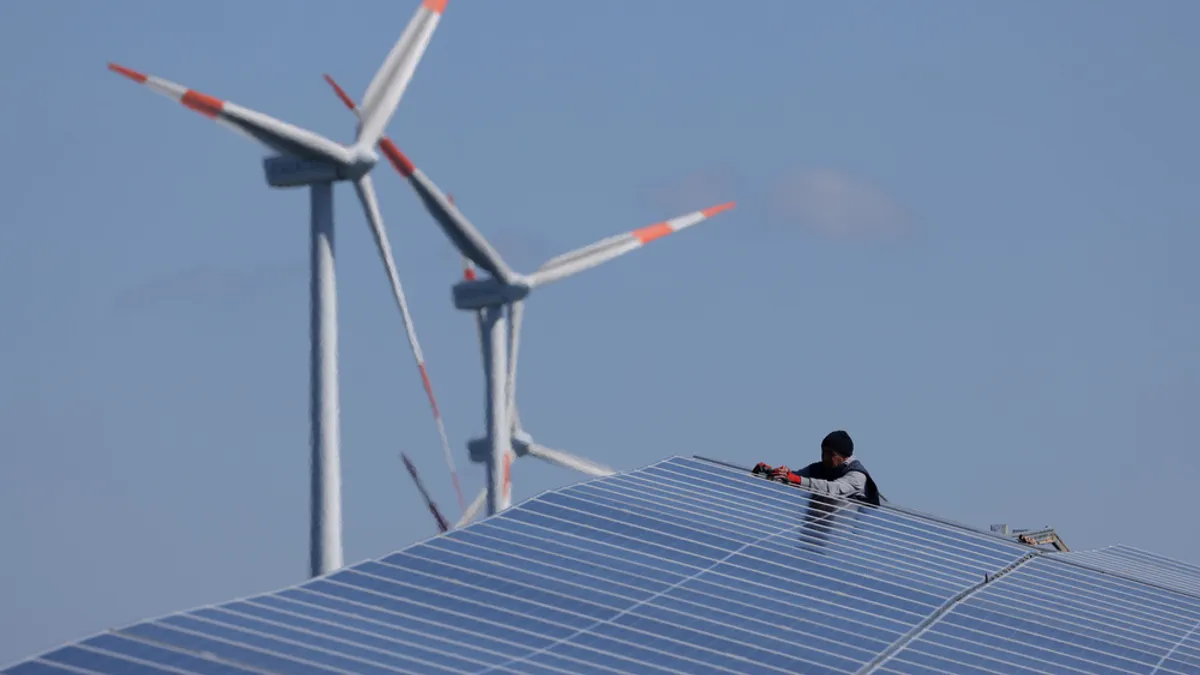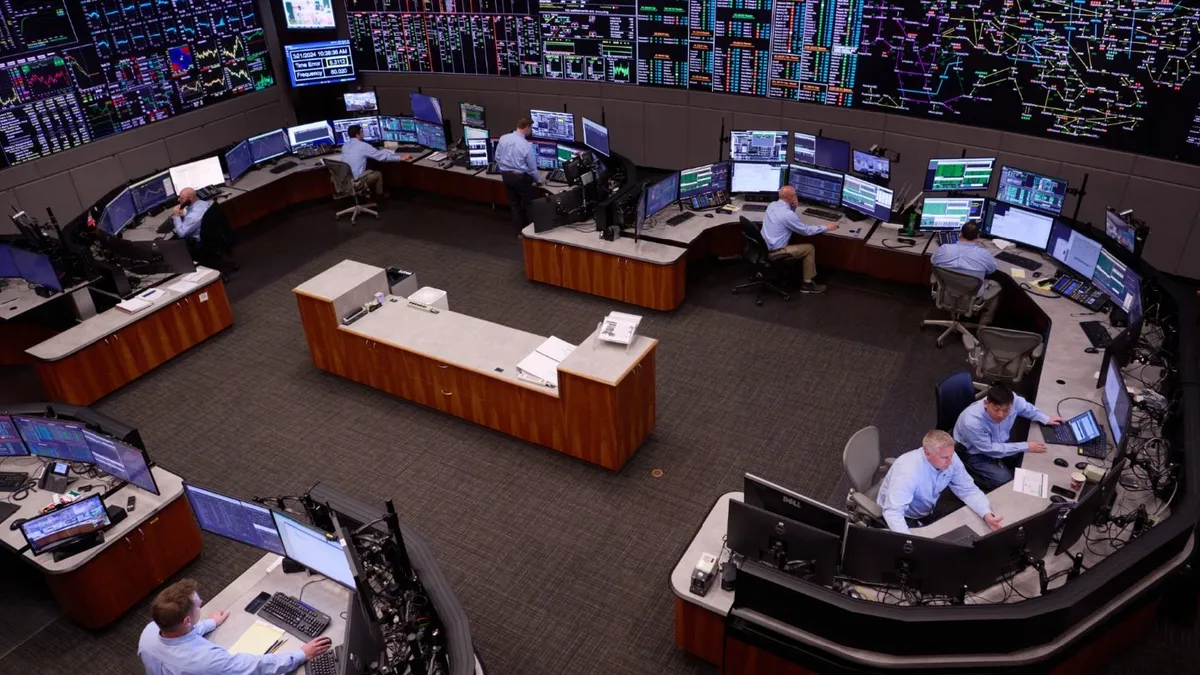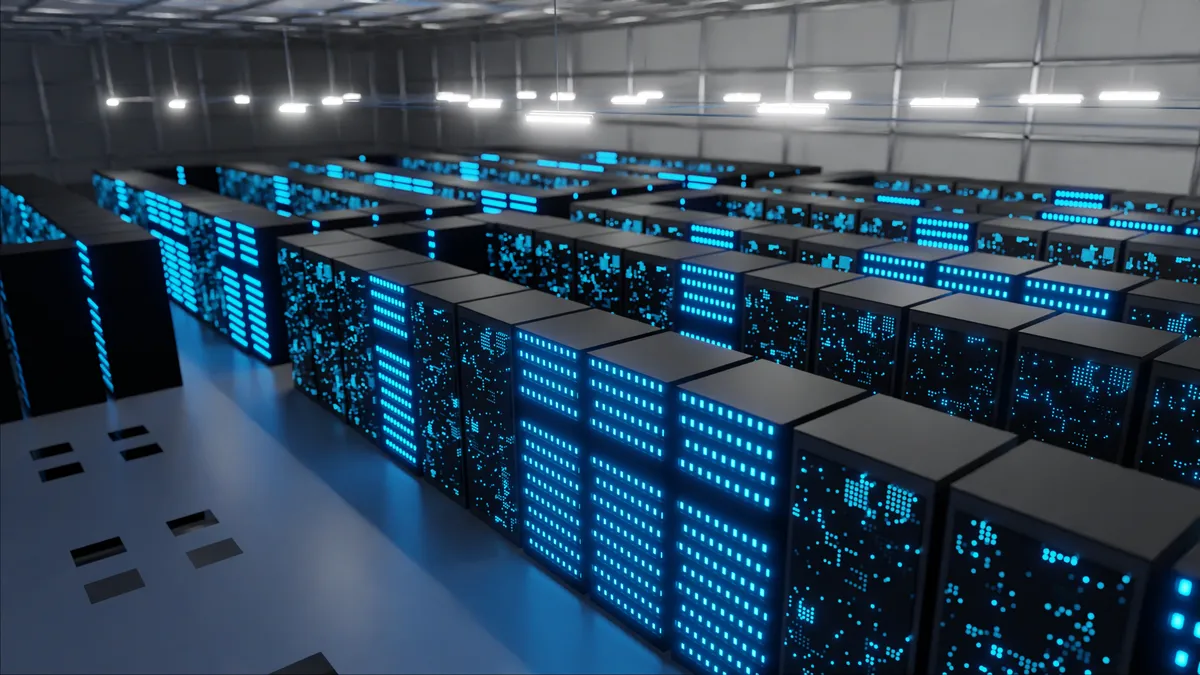A pilot program completed over the summer turned up this: When utilities asked customers to turn down the thermostat, they did it.
Power providers looking to leverage the benefits of demand response face a big challenge—only about 5% of U.S. households participate in demand response programs. There are a variety of reasons, ranging from the time and difficulty in studying and getting demand response programs approved to ratepayer confusion over dynamic pricing. And while more coordinated, price-oriented and opt-in programs will show deeper savings on a per-meter basis, demand response provider Opower's work in so-called "behavioral demand response" is challenging the traditional route to demand response savings.
"It challenges the mindset that to get customers to do something, you have to pay them in return, or penalize them," said Kevin Hamilton, Opower's vice president of marketing.
"Some of the decisions we make are not entirely rational, and they are due to a lack of context," he said, "and by providing that context you can encourage individuals to adjust their usage in ways that can benefit both the customer and the utility as well."
It's that "context" that lies at the heart of Opower's behavioral demand response program. Using targeted communication like phone calls—and no price signals or in-home devices—the company showed consistent peak load reductions across a test that involved Consumers Energy in Michigan, Efficiency Vermont/Green Mountain Power, and Glendale Water & Power in California. The program reduced demand by an average of about 3% and by up to 5% on peak days.
According to Opower, last year U.S. utilities spent $580 million on residential demand response programs, but the savings are potentially huge. The company estimates each kilowatt of demand avoided during peak hours is worth about $94 annually.
Opower estimated that if its behavioral demand response program were deployed nationally, associated peak load reduction could deliver 4,700 MW or 113% of the total capacity available today from existing residential demand response programs.
Leveraging smart meters
Utilities seeking to leverage the data collected from smart meters can look to behavioral demand response, Hamilton said. Because the program uses no price signals, tariffs or in-home device, the regulatory process is minimal. Last summer Baltimore Gas & Electric worked with Opower on a similar program, delivering targeted messaging to 300,000 customers enrolled in the utility's Smart Energy Rewards program.
Opower tested a new kind of messaging among customers, tempting them into reducing consumption based not on a price signal but by informing them of how their energy usage stacked up against that of their neighbors. "They didn't save as much, but they saved nearly as much," Hamilton said. "That was the first test of what we call 'pure behavioral demand response'—no price signal and no device in the home."
The idea that what your neighbor does can impact your energy actions is also being studied in the rooftop solar industry. Known there as "peer effects," a recent study has found a strong link between one home's solar panel and the likelihood another nearby will go green.
"In some sense, it's the 'Keeping up with the Jonses' idea," said Kenneth Gillingham, a co-author of a recent study examining the phenomenon. "Green envy" is Gillingham's favorite way of explaining it. "People see their neighbors who are doing things that are green, and they are inclined to do it themselves," he said.
With demand response it's a bit more tricky, but Opower's targeted message and comparison to nearby energy consumers sets up a similar dynamic. And the opt-out nature of the program "is the most exciting part of it," Hamilton said. Considering that just 5% of the country's homes are enrolled in a residential demand response program, a utility's ability to engage vastly more customers is significant even if the savings per-meter are much lower, he explained.
In Opower's test last summer, customers with BGE’s existing direct load control program, PeakRewardsSM, reduced their consumption by about 23% on average. But customers with no load control device dropped their usage 5% as well, just through behavioral cues.
"If you look at an opt-in program in an average utility service territory being 5%, you might get 25% overall reduction in household usage with direct load control program but you're only reaching 5% of customers," Hamilton said. Behavioral demand response programs can reach substantially all of a utility's customers' who have smart meters (for data-rich, targeted communication), and return up to a 5% reduction.
The more recent test, with behavioral programs scaled up and deployed to more than 1 million homes across multiple utilities and ISOs, yielded similar peak demand responses.
Good for utilities, customer savings
For utilities, behavioral demand response can mean avoided costs and and a more reliable system—with fewer regulatory hurdles to overcome along the way.
"Pure behavioral demand response is not something that requires a regulatory change from a rate perspective," Hamilton said. "Clearly if you're going from a pilot program to a program that you're deploying to your entire service territory, you would file it as part of a demand response filing. But there are no additional regulatory hurdles compared to a traditional demand response program."
"If you're doing it with a price signal obviously there are years of testing that go into it, but pure behavioral demand response without a price signal or a device is not a tariff change or rate change or anything like that," he said.
For consumers, behavioral demand response programs can save them money without being enrolled in dynamic pricing programs and without in-home devices.
"We're getting them to think about their peak usage, which we think is a first step," Hamilton said.
Customers who respond well to a behavioral demand response program can be offered dynamic pricing programs, and then perhaps rebates on in-home load control devices if the utility offers the program. Hamilton said Opower views demand response as a continuum, where each program can save an engaged customer more money.
Some research, Hamilton said, has indicated 70% of power customers could benefit from a demand response program. "Once you get customers thinking about peak load as a concept, then you can introduce a dynamic pricing program, which perhaps gets you deeper savings," he said.



